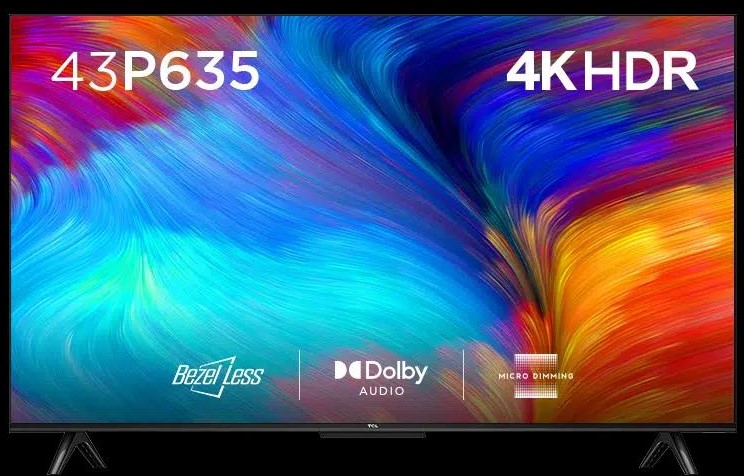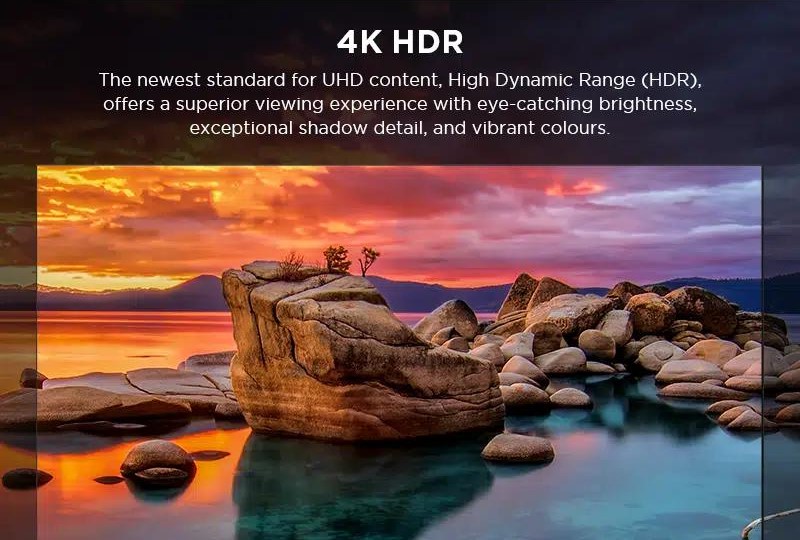Smart TVs have exploded in popularity in recent years due to their many useful features that regular TVs can't match. However, you risk getting a smart TV that falls short of your expectations if you aren't knowledgeable about these items. Here are the most important features to look for in a smart TV before you buy one.
Important Features of a Smart TV
Screen Resolution
This category also includes traditional televisions. As with any television, the screen resolution is a major component determining the overall picture quality. So, when you buy a smart TV, check the screen resolution to make sure it's at least Full HD (1980x1080) before purchasing. Almost no smart TVs are available with a resolution lower than this bare requirement.
Screen Size
Although it is more obvious than the others, this one might still catch you off guard if you don't check it. While it may be tempting to splash out on the biggest smart TV your budget will cover, like the 40 inch led tv price in india, it's important to measure your living space to ensure it will fit. If we tell you this is a common mistake, you better believe us.

Connection Ports and HDMI
Even if every TV has its unique collection of ports, it's conceivable that some don't have the exact ones needed to connect other devices. Most people think of the High-Definition Multimedia Interface, or HDMI, as the most important connector. This port can accommodate a plethora of devices, such as speakers, game consoles, laptops, and many more. This port may be easily adjusted to meet your needs.
However, you can get more than one kind of HDMI connector. The options available to you are HDMI 2.0a, 2.0b, and 4.0. The common HDMI 2.0 or 2.1 port, which is likely already on your TV if you bought it within the past decade or two, should be standard on most smart TVs. Not only you should search for HDMI connectors, but also for USB connections—and preferably a USB 2.0 port, as this will allow for far faster data transmission rates than a USB 1.0 port. Some newer smart TVs, however, support USB 3.0, which is even faster than USB 2.0. Also, just as we know how important USB ports are for our computers and laptops, we know how important they are for smart TVs.
HDR Compatibility
High Dynamic Range (HDR) is a technique that can expand an image's dynamic range by enhancing the contrast between the image's bright and dark areas. A higher-quality picture would be the result of a TV that supports high dynamic range (HDR), although it may not be the most crucial feature. On the flip side, HDR compatibility won't hurt your TV shopping experience if you're after a high-quality screen.

OLED, LED, and LCD Screens
Organic light-emitting diode TVs (OLEDs) are rapidly replacing older, less appealing options like liquid crystal displays (LCDs) and light-emitting diodes (LEDs) in the television market. OLEDs provide brighter colors, better contrast, and a more enjoyable viewing experience for consumers.
The lackluster quality of some LCD screens is often due to their dull or "washed out" appearance. However, modern televisions are quickly replacing LED screens since they cannot deliver this quality.
Conclusion
You should always have a solid notion of what you want before buying anything, even though buying a smart TV is an exciting proposition. You may save yourself a lot of money and make sure you get what you need by double-checking the parameters such as its size, screen resolution, connections, HDR compatibility, and screen type. Getting this problem fixed will allow you to go shopping for the best smart TV for your needs. Cheers to streaming!







